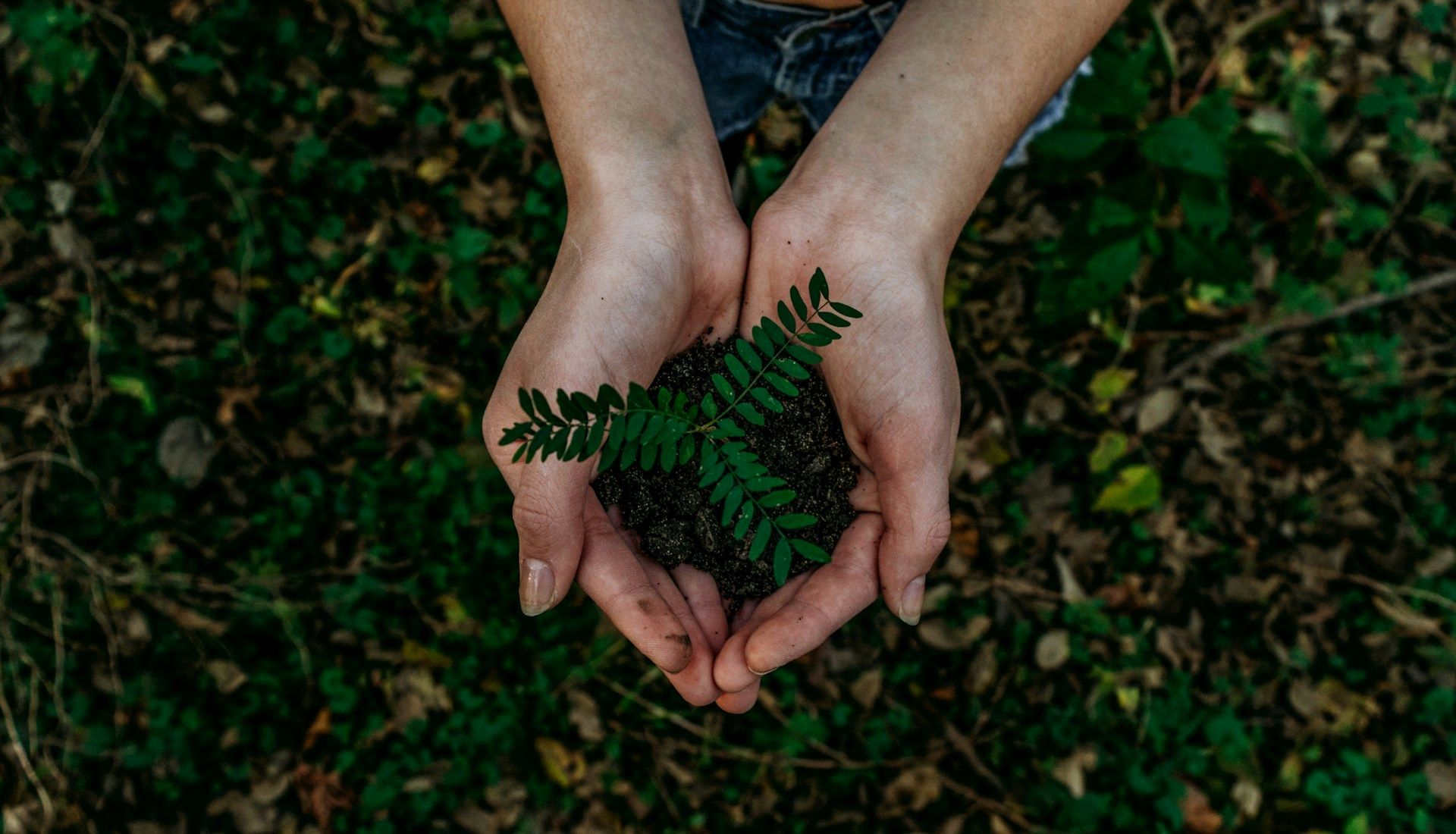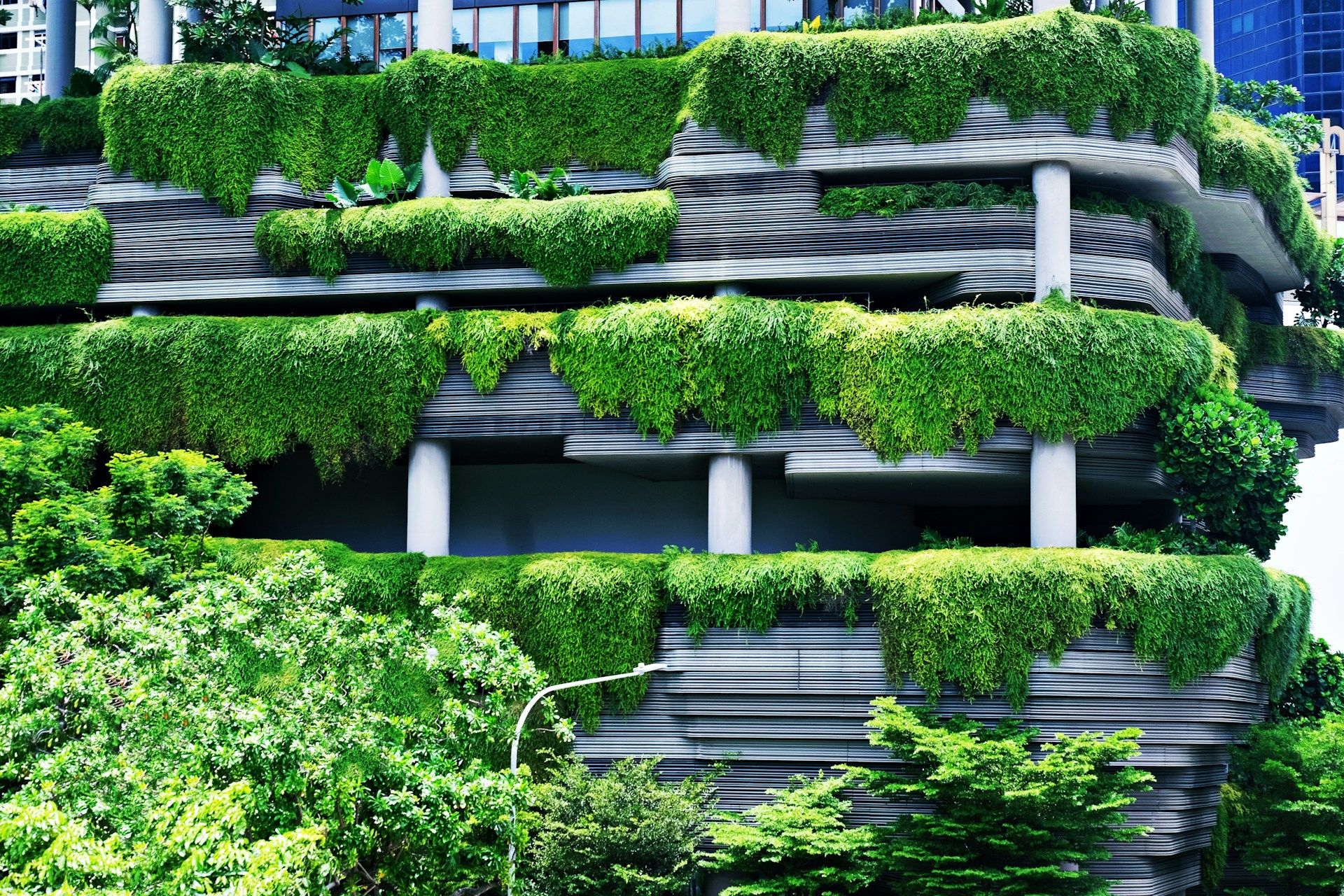Tropical Bioclimatic Design: Building for Health and Sustainability in Panama
Bioclimatic design is not a trend — it’s a rigorous methodology that uses the conditions of the environment — sun, wind, rain, vegetation, and temperature — to reduce mechanical dependence and create healthy, efficient spaces. In tropical climates like Panama’s, its proper application translates into thermal comfort, energy savings, and long-term real estate value.
Designing with the Climate, Not Against It
Designing bioclimatically means understanding the site before drawing the plan: studying solar orientation, prevailing winds, rainfall patterns, and vegetation. Based on that, passive strategies are implemented — deep overhangs, cross-ventilation, natural lighting, and materials with thermal inertia or insulation — to reduce cooling and lighting loads year-round.
In Panama, where solar radiation and humidity are high, combining awnings, brise-soleil, ventilated courtyards, and high-performance envelopes helps stabilize indoor temperatures and improve occupant health — without compromising aesthetics or spatial quality.

Key Strategies for the Panamanian Tropics
- Cross Ventilation and Solar Control
Natural ventilation, achieved through opposing openings and elongated floor plans, expels warm air and renews the interior. Awnings, louvers, and lattice screens filter sunlight and horizontal rain — both common in the tropics. A well-integrated bioclimatic design combines both to ensure constant freshness with minimal energy use.
- Useful Natural Light (Without Overheating)
Even, diffuse daylight reduces electricity use and eye strain. The key is lateral and controlled entry: protected skylights, strategic orientation, and selective glazing that allows light without excess heat gain.
- Climate-Appropriate Materials
The building envelope should balance thermal mass (stone, stabilized earth) with insulating materials (wood, high-performance panels) while allowing breathability in humid zones. Material choice is a core part of tropical bioclimatic design.
- Water and Landscape Management
Abundant rainfall enables rainwater harvesting systems and gardens that improve microclimates and biodiversity. Strategic vegetation lowers surface temperatures and shields façades and transitional areas.
Case Study: Cerquita del Cielo, Altos del María
As a local reference, the residence Close to the Sky / Casa Ely in Altos del María illustrates these principles: minimal earth movement to preserve natural topography, efficient resource use, and a layout that embraces the landscape. Its elongated plan enhances views and cross-ventilation, while stone and wood integrate it into the environment and provide thermal performance.
Though modest in scale (around 150 m²), its design — subtle terrain intervention, slope reading, and climate-conscious materiality — offers lessons applicable to residential and hospitality projects across Panama.
Measurable Benefits: Health, Costs, and Property Value
-
Comfort & Health: Controlled ventilation and natural light reduce thermal stress, humidity, and mold — improving indoor air quality.
-
Lower Energy Use: Less reliance on air conditioning and artificial lighting cuts both costs and emissions.
-
Resilience: Better adaptability to heat waves or power fluctuations — crucial in rural or coastal areas.
-
Sustainable Value: The Panamanian market increasingly rewards sustainability and climate-smart design as markers of premium real estate.
How to Apply It to Residential and Tourism Projects
-
Site Climate Assessment: Analyze wind roses, sunlight, runoff, vegetation, and shading potential.
-
Breathing Morphology: Elongated plans, patios, and double heights to enable stack ventilation, with deep eaves and covered porches for tropical rain.
-
Envelope & Materials: Wood and stone for thermal behavior and visual harmony; light finishes, ventilated façades, and functional carpentry.
-
Water & Productive Landscape: Efficient roof drainage, rain tanks for irrigation, and vegetation to cool and prevent erosion.
-
Prepare for Renewables: Plan for solar PV, thermal, or hybrid systems, even if installed later.
Urban Application: Multifamily and Mixed-Use Projects
In denser city contexts, the same principles apply with adaptations: ventilated, shaded façades, light wells with greenery, vertical air extraction cores, and green roofs to stabilize temperature. Integrating bioclimatic strategies in mixed-use projects is already becoming part of Panama’s new urban quality and real estate competitiveness standards.
Why It Matters Now
Sustainability’s growing influence in Panama’s real estate market shows that responsible design is no longer optional — it’s a decisive factor for users, investors, and developers alike. Efficiency, well-being, and distinct identity now define the architecture of the future in the tropical context.






